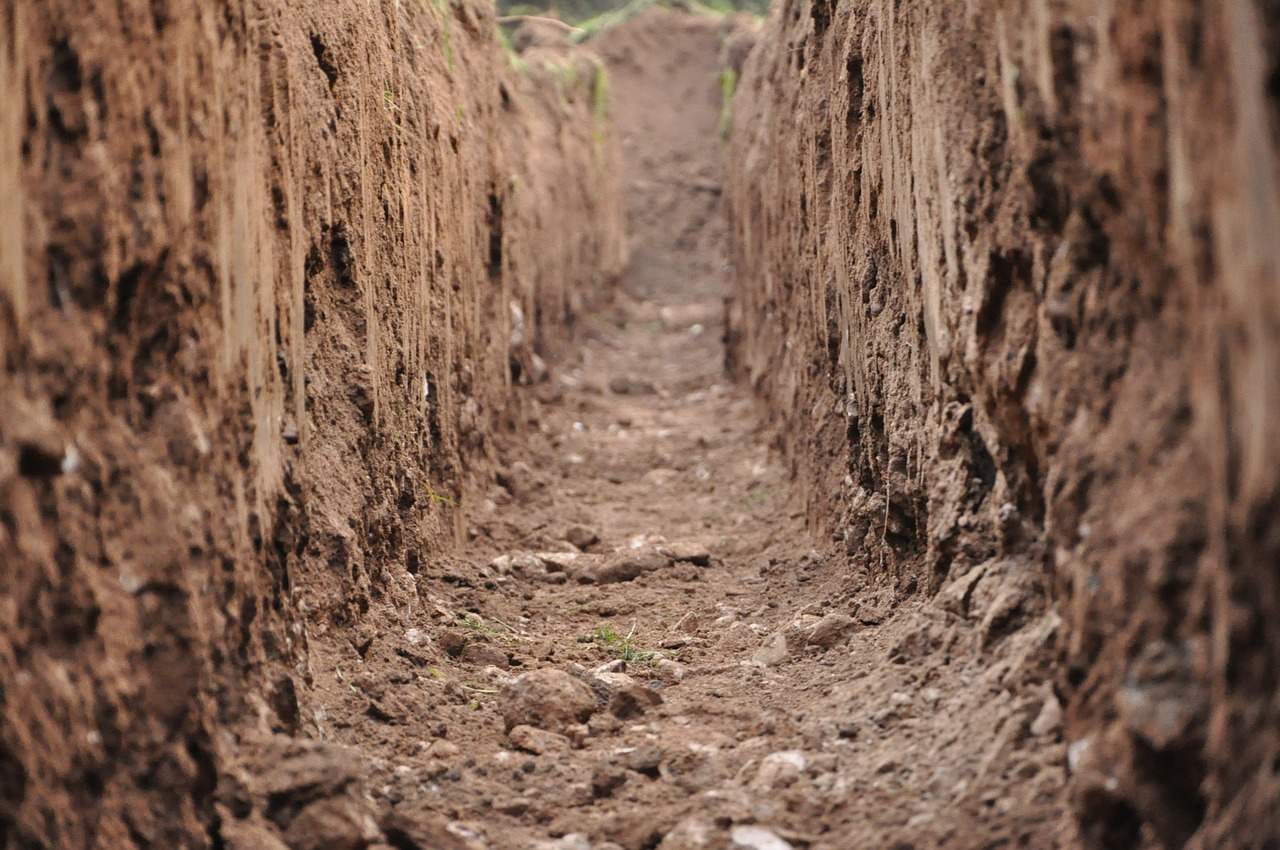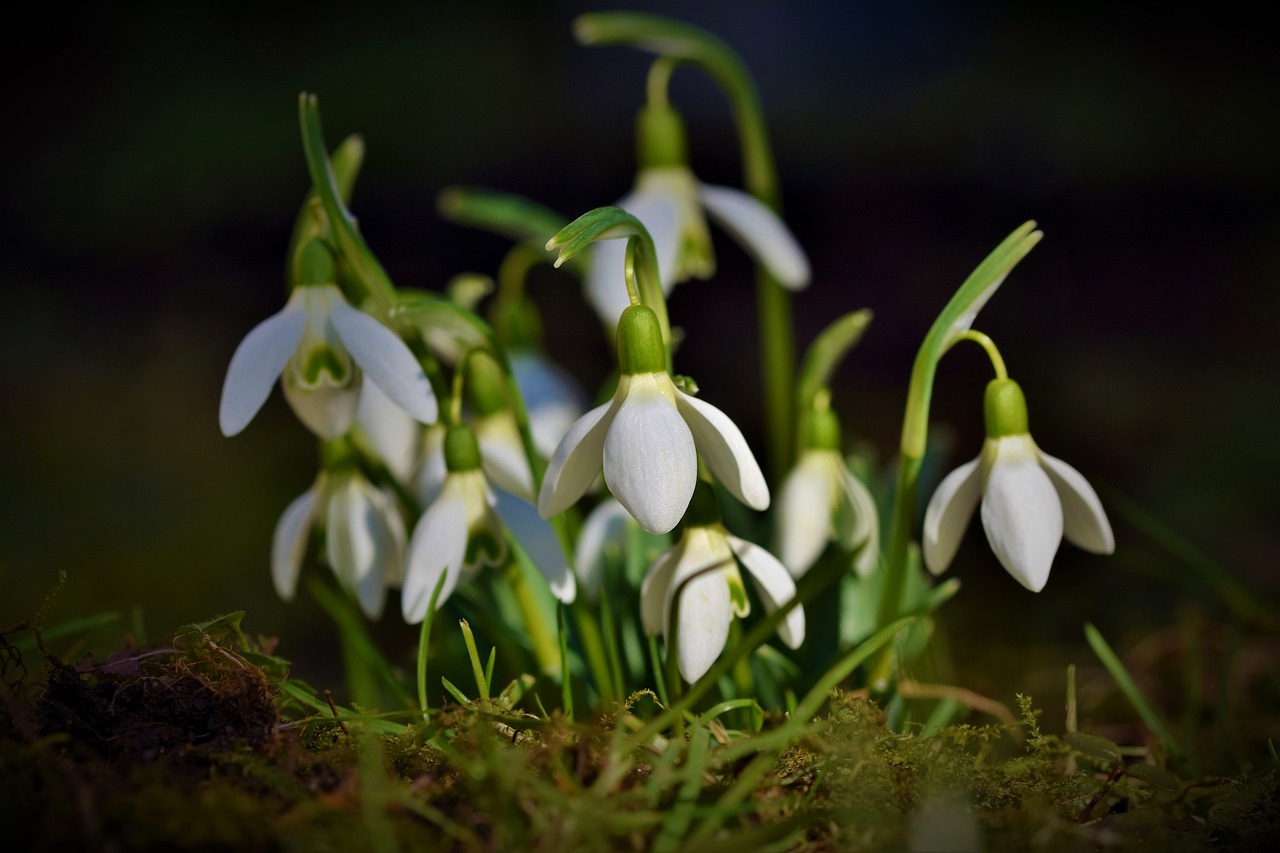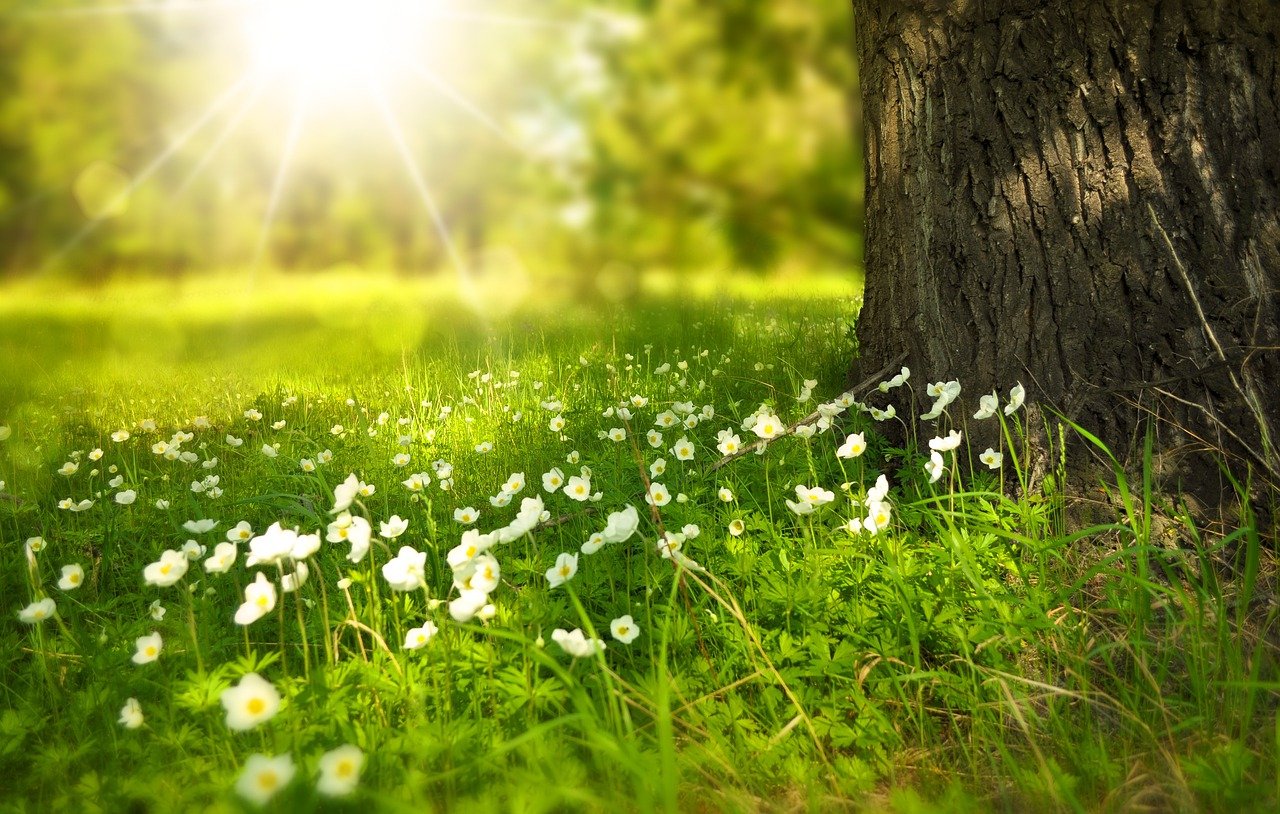One reader posted this question recently:
Just a bit curious why the back one-third of my garden always struggles. My garden from front to back is about 100 feet long.
The back 30 feet or so struggles every year. I have about the same compost mixture in the whole garden and the percentage of sunlight is about the same in the whole garden. The only difference is the back of the garden tends to stay soggy for a long time.
The back is prone to standing water. I have clay-based soil so the water tends to puddle on top and it takes forever to dry. I have a good mixture of compost so the soil is organic. The plants in the front and middle of the garden are full and green whereas the back one third the plants are short and yellowish-green.
The plants in the back are hardly growing. I can wear shoes in the front and middle of the garden. It is moist but not really muddy. In the back one third I need boots because I tend to sink in the mud. It seems like as soon as it starts getting muddy is where the plants start struggling mightily.
Do you think the oversaturated clay soil is the entire problem? Because other than being soggy there is really no other difference in the way I planted or in the percentage of sunlight.
The back one-third of the garden does look like the ground is a bit lower also. This is the same problem year after year. Maybe I could keep up where I plant each bed and that might help. Thanks.
Our Answer!
It sounds like you are doing all of the right things but that back third of your garden needs some extra help. Oversaturation of the clay is undoubtedly the culprit and is causing two related but different problems.
First: when soil is too wet it compacts and becomes hard. Clay soil is especially notorious for this. In addition to being too hard for roots to spread through easily, compacted soil has little or no air in it.
Roots need to be able to take in nutrients out of the soil and when air spaces are missing there is no way for nutrients to gather in those little spaces.
Solution: I would till or dig into your soil a large amount of dry organic matter such as straw, wood chips, etc. What you want to do is mix in enough other material that the clay particles are kept apart from one another. Cover cropping can also help with this problem.
Second: Your second problem is that the soil is losing its nutrients because of the moisture leaching them away. Yellow plants almost always need nitrogen in some form and your soil doesn’t have enough.
Solution:
As part of your adding of dry material to the garden add lots of grass clippings, manure (rabbit and chicken are both high in nitrogen, and the rabbit doesn’t smell much). This fall (if your growing season allows) plant a cover crop of some legume (vetch, clover, a bean crop) and spray it with the inoculant that is recommended to help it fix nitrogen in the soil.
Till this crop in the spring as soon as you can work the soil. You can also mow the cover crop quite short and “Lasagna Garden” over it for a couple of seasons.







